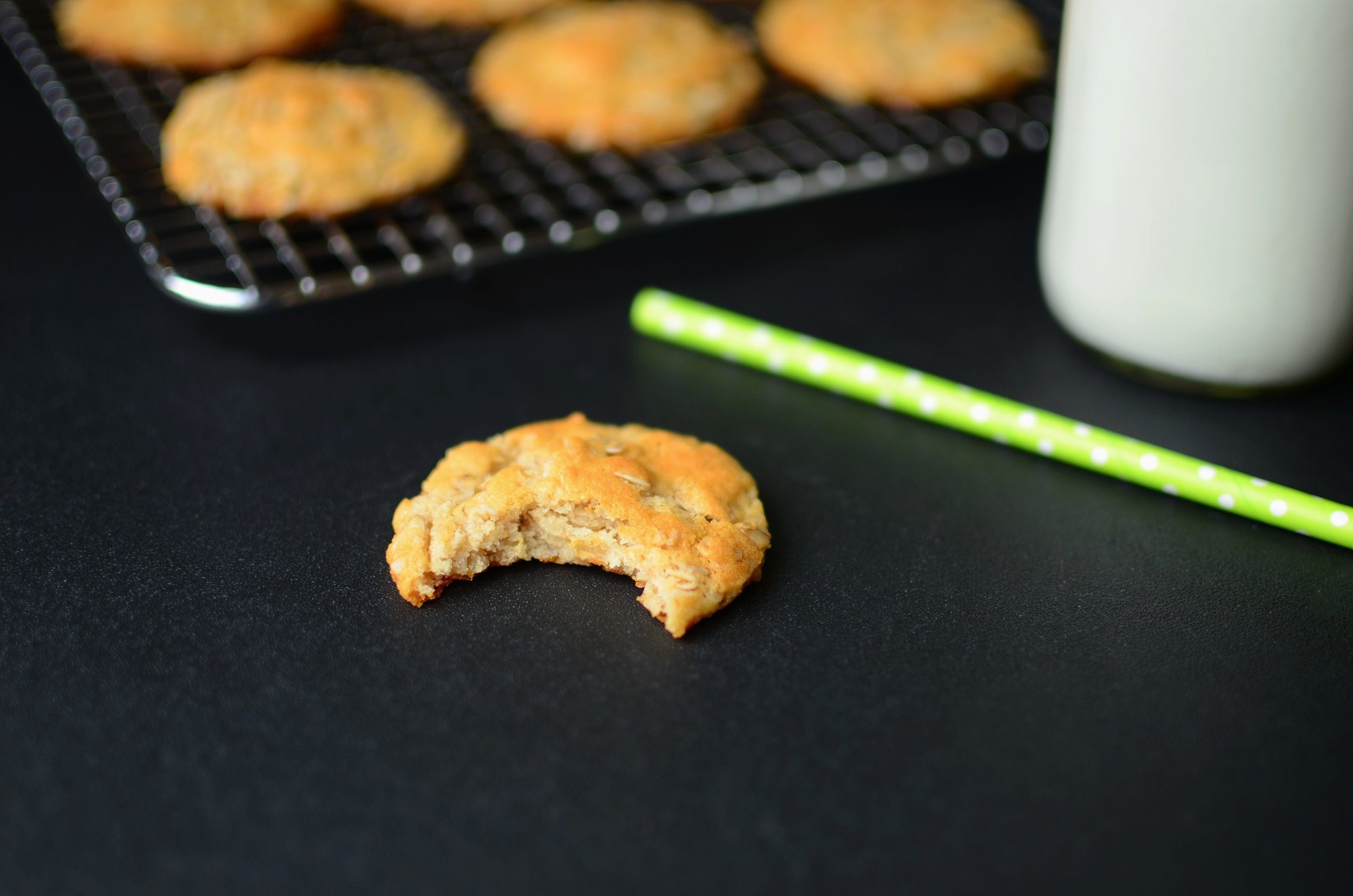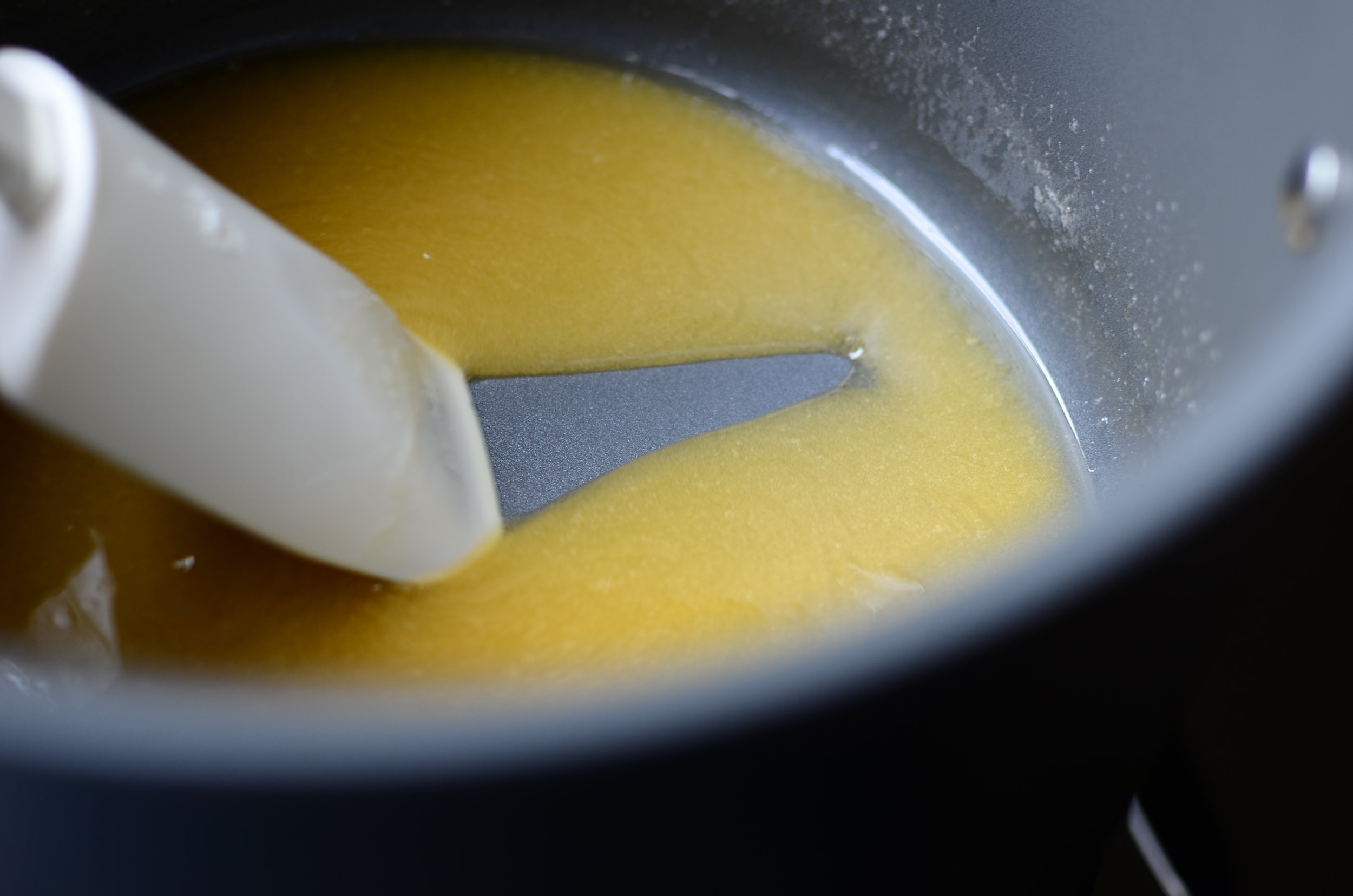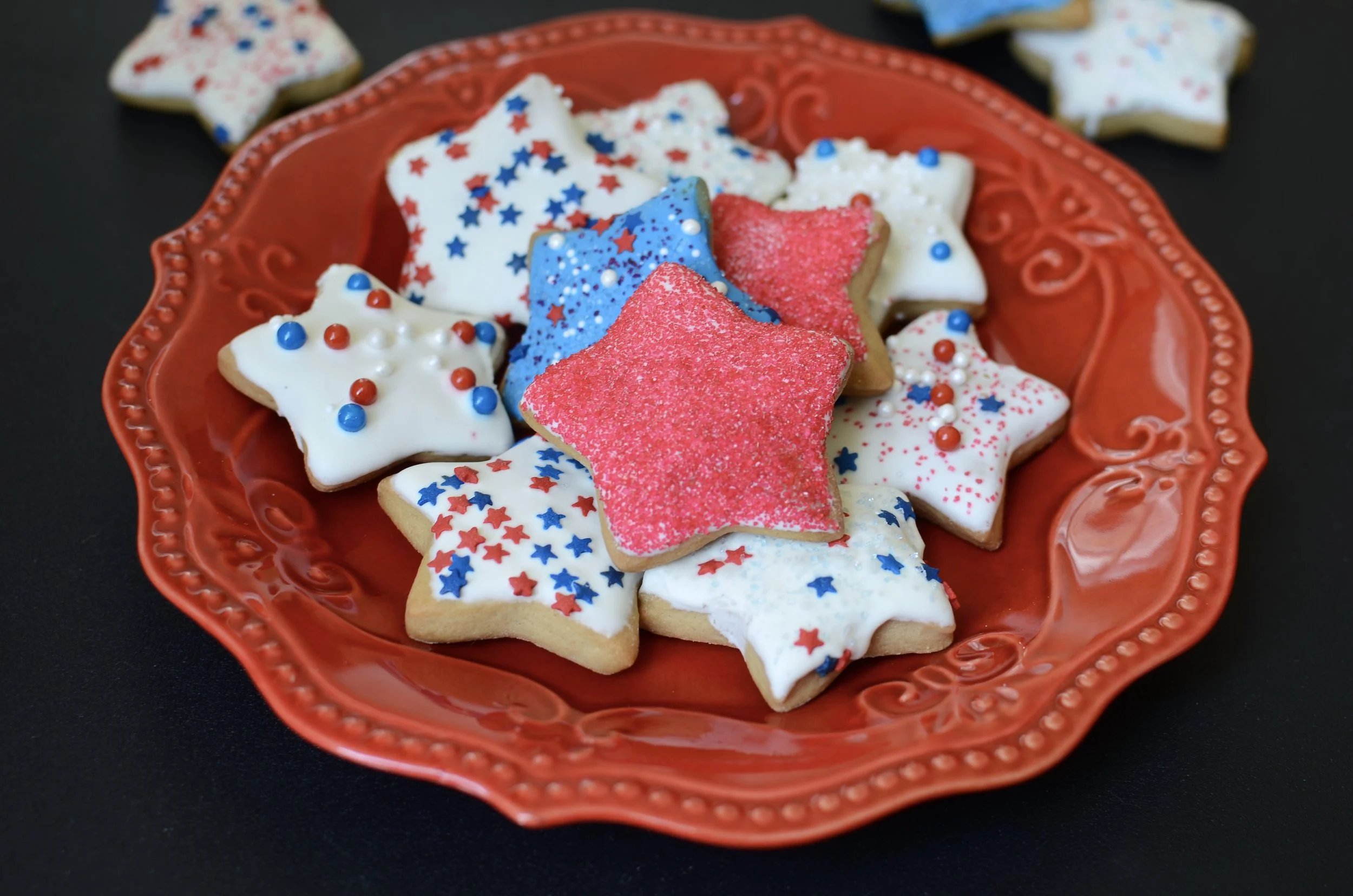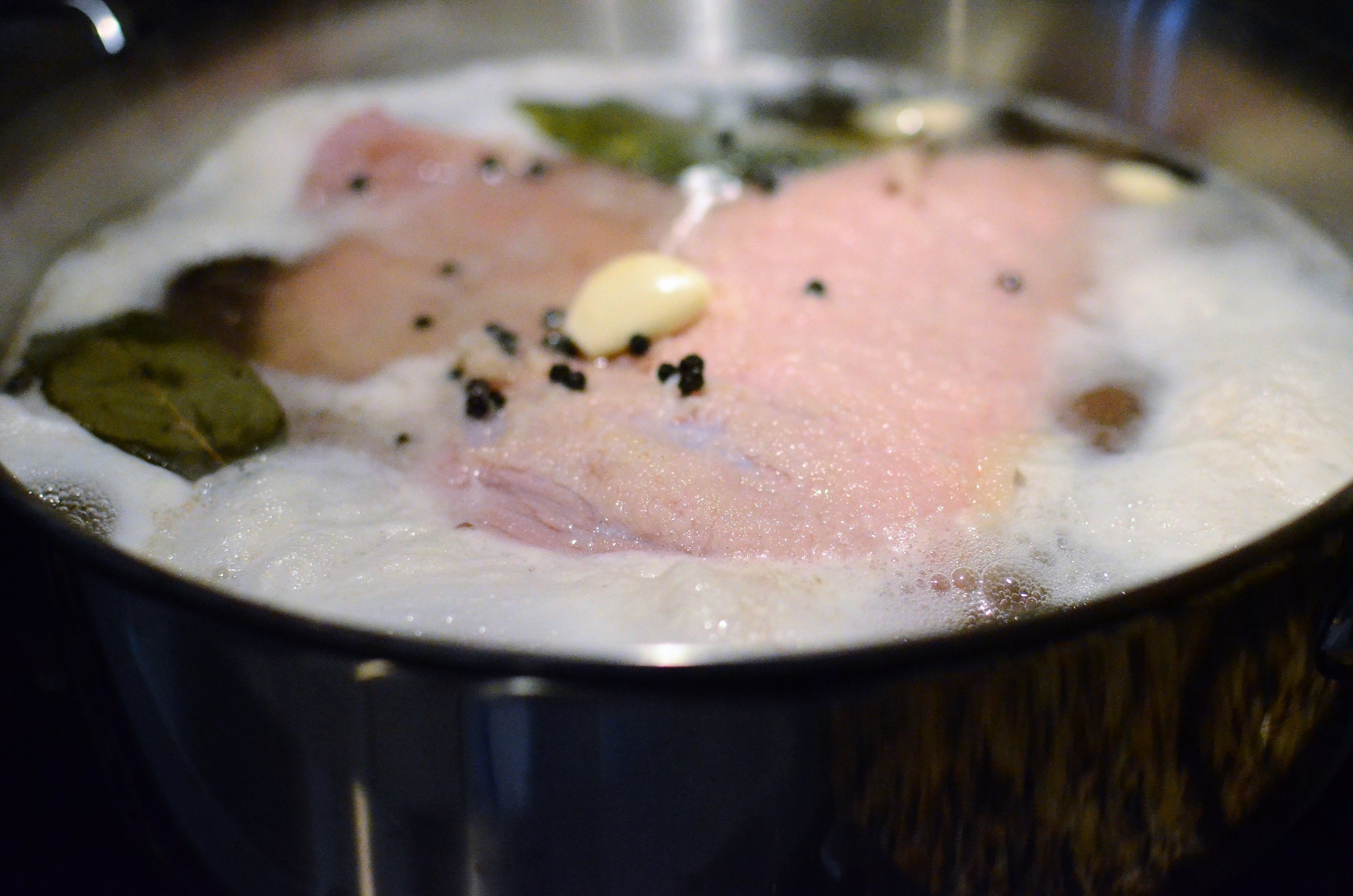Lyle's Golden Syrup Cookies
Patricia @ ButterYum
Lyle's Golden Syrup is one of my all-time favorite ingredients - it has a rich, caramelized flavor just can't be beat and I'm thrilled to see it gaining in popularity. Here's the flavorful syrup is paired with oats, butter, and vanilla to make chewy cookies. Incidentally, leftover cookies freeze beautifully (just in case you're tempted to eat too many in one sitting).
Start by whisking together all purpose flour, baking soda, and baking powder.
In a medium saucepan, heat butter, sugar, and golden syrup together until melted and smooth.
Mmmm.
On a side note, Lyle's Golden Syrup is available in cans, squeeze bottles, and jars (see here). The squeeze bottles are the least messy, like honey.
Stir in pure vanilla extract - be sure to use the good stuff!
Now stir in old fashioned oats and the flour mixture.
Stir until no traces of dry oats or flour remain.
For this recipe, I use a #50 scoop to ensure all my cookies are the same size (affiliate link). I have a number of scoops in different sizes, but this is the size I use for the majority of the cookies and mini muffin recipes that appear on this blog.
NOTE: when buying portion scoops, check for "#__" on the sweeper arm. This scoop is a #50 (that means 50 scoops will equal one quart). WARNING: some vendors sell their scoops by diameter size (example: 50mm). DO NOT order a 50mm scoop if you want a #50 scoop. The diameter of a 50mm scoop is almost 2 inches, while the diameter of a #50 scoop is much smaller at 1 1/4 inches.
Pro Tip: whenever I bake a cookie recipe for the first time, rather than commit an entire tray of cookies to unknown variables such as baking time, baking temperature, and baking surface, I do a small test batch first to refine those unknowns (all of which can make or break your recipe).
First I preheat my oven fully and check my oven thermometer to ensure the interior temperature is accurate, then I bake for the suggested time directed (you'd be surprised how often the directions are wrong). In addition to verifying baking time and temp, I check to see which baking surface produces the best results. Here you can see I baked one cookie on parchment paper and one on a small quarter-sized silicone baking mat (like this one).
Let's check out the results below, shall we?
The differences aren't always this clear, but for this particular recipe, it's obvious the cookie baked on silicone turned out much better than the one baked on parchment paper (and obviously, the suggested oven temp was too hot - thankfully I didn't ruin an entire tray of cookies discovering that fact).
Back to baking surfaces, silicone almost always wins my baking tests - not quite as dramatically as shown here, but I encourage you to give it a try and discover your own results.
Alrighty - pour yourself a glass of cold milk and enjoy!
Items used to make this recipe:
(affiliate links)
lyle's golden syrup https://amzn.to/3B5OA54
pure vanilla extract https://amzn.to/3ovS9fE
#50 scoop https://amzn.to/3gugJcy
magnetic measuring spoons https://amzn.to/3suac74
small silpat liner for test baking https://amzn.to/3rCjXBd
large silpat liner https://amzn.to/3SJkxsC
half sheet pan https://amzn.to/3Lhy06R
Lyle's Golden Syrup Cookies
makes 18 cookies
Ingredients
3/4 cup all purpose flour
1 1/2 teaspoon baking soda
1 1/2 teaspoon baking powder
7 tablespoons unsalted butter
1/2 cup granulated sugar
2 tablespoons lyle's golden syrup
1/2 teaspoon pure vanilla extract
1 cup old fashioned oats
Directions
In a small bowl, whisk together flour, baking soda, and baking powder, set aside.
In a medium saucepan, heat butter, sugar, and golden syrup until melted and smooth; remove from heat and stir in pure vanilla extract.
Add flour mixture and oats and stir well to combine.
Place cookie dough in an airtight container and chill for 30 minutes.
Preheat oven to 325F and place rack in the center position.
Line two half sheet pans with silpat liners (parchment doesn't work well for these cookies).
Use a #50 scoop to portion dough, 6 cookies at a time, evenly spaced on sheet pan.
Bake for 8 minutes; remove from oven and allow to cool for 5 minutes before transferring to a wire rack to cool completely. Store in airtight container.
Note
I suggest baking only one tray of cookies at a time, being sure to place chilled dough on room temperature (not hot/warm) sheet trays.



































